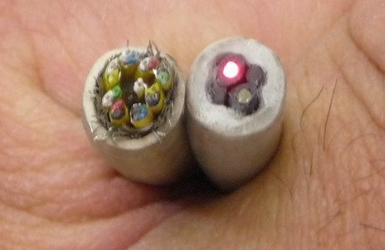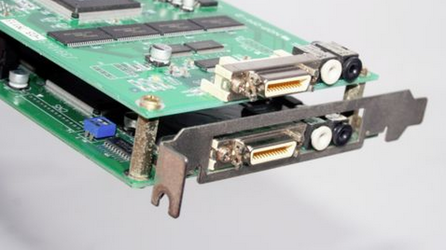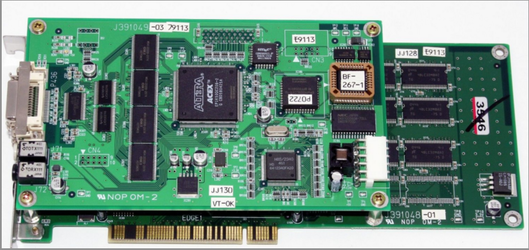I have some old hardware that must run through a specific OEM PCB featuring a PCI1 connector. Would I need to build or buy an old machine and insert such a PCB directly on the motherboard or is there a neater way where I can encase the PCB and connect it to a more modern machine through USB or something like that? If I do need to insert it directly on a motherboard what should I look out for when buying a machine?
The driver for the software (or maybe it is actually a driver for the PCB?) only runs on XP so don't want to run into compatibility problems if I can avoid it.
Thanks!
The driver for the software (or maybe it is actually a driver for the PCB?) only runs on XP so don't want to run into compatibility problems if I can avoid it.
Thanks!


